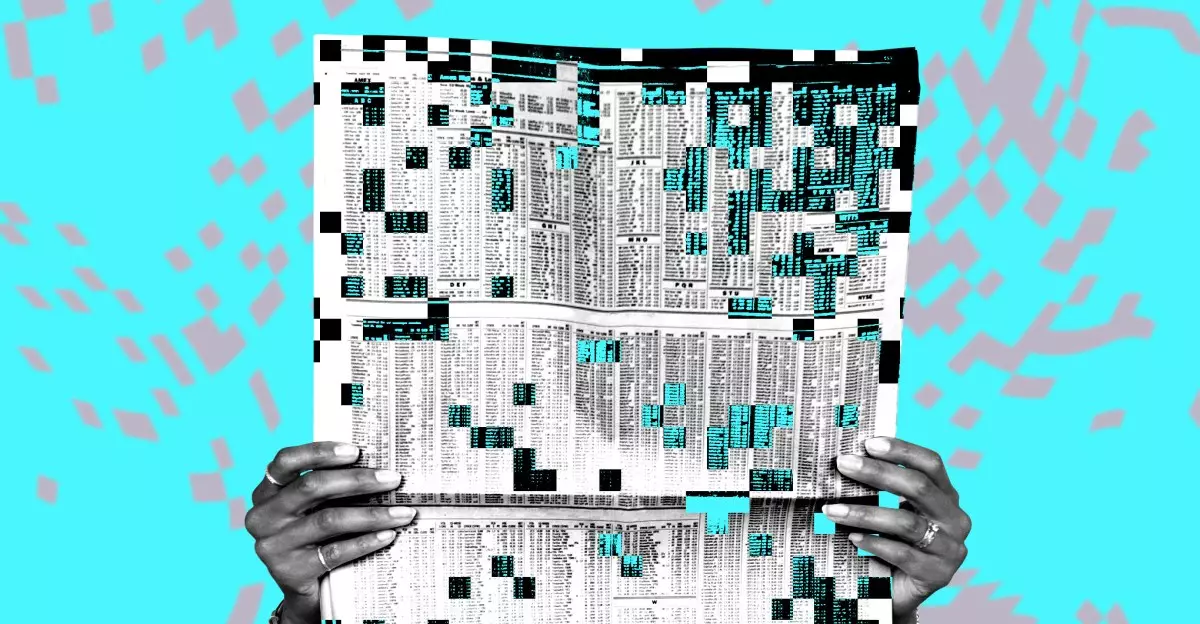In the rapidly evolving landscape of technology, an urgent conversation is brewing about the rights of content creators, particularly as artificial intelligence (AI) continues to integrate into everyday media consumption. Recently, a coalition of prominent U.S. publishers, including titans like The New York Times and The Washington Post, launched a bold advertising campaign—dubbed Support Responsible AI—advocating for legislative reforms that demand Big Tech pay content creators for their invaluable work. This initiative shines a spotlight on an often-neglected aspect of the digital ecosystem: the need to protect original content in an age where technology has become an insatiable consumer of creative works.
Why This Matters: The Underlying Issues at Play
The motivations behind this campaign are crystal clear. As technology companies scramble to refine their AI models, they increasingly rely on vast reservoirs of copyrighted material that belong to independent artists, journalists, and publishers—with little to no compensation offered in return. It’s a one-sided affair, tipping the scales unjustly in favor of tech giants while leaving creators in precarious positions. The narrative being pushed by these publishers emphasizes that “stealing is un-American,” which speaks volumes about the broader implications of content appropriation without consent. This isn’t just a financial issue; it’s a moral one, challenging the foundations of creativity and intellectual property rights in our digital society.
The Role of Government in Shaping the Future of AI
As this movement gains traction, it calls upon the government to step in and enforce regulations requiring Big Tech to provide fair compensation for the content it exploits. This is where the intersection of technology and policy becomes pivotal. Advocates for this initiative are demanding measures such as mandatory attribution in AI outputs—a vital acknowledgment to ensure that creators retain ownership over their intellectual property. This debate isn’t just about financial remuneration; it encapsulates the fundamental need for a balanced symbiotic relationship between AI developers and creative professionals.
Global Context: A Movement Beyond Borders
Interestingly, this isn’t an isolated American issue. It echoes a similar campaign that unfolded in the UK in February, where notable newspapers united under the banner “MAKE IT FAIR.” This prevalent sentiment across the Atlantic reflects a common understanding: the cultural and financial ramifications of allowing AI to train on copyrighted works without proper compensation are profound. As a global community, we are witnessing a pivotal moment where creators are banding together to protect their rights, underscoring that the battle for fair compensation transcends geographical boundaries.
The Future of Content Creation and AI
Ultimately, this ongoing campaign serves as a crucial touchstone for the future relationship between AI and content creators. Rather than positioning the creative industry in opposition to technological advancement, advocates like Danielle Coffey, president of the News/Media Alliance, envision a collaborative environment where AI enhances human creativity rather than undermines it. By pushing for responsible AI usage, the campaign aims to foster innovation that benefits all parties involved. It’s high time we recognize that supporting creators is not just an ethical obligation but a necessary step toward a sustainable digital future. Empowering content creators and ensuring they are compensated fairly could ultimately lead to richer, more diverse content available to the public—and that’s a win for everyone.

